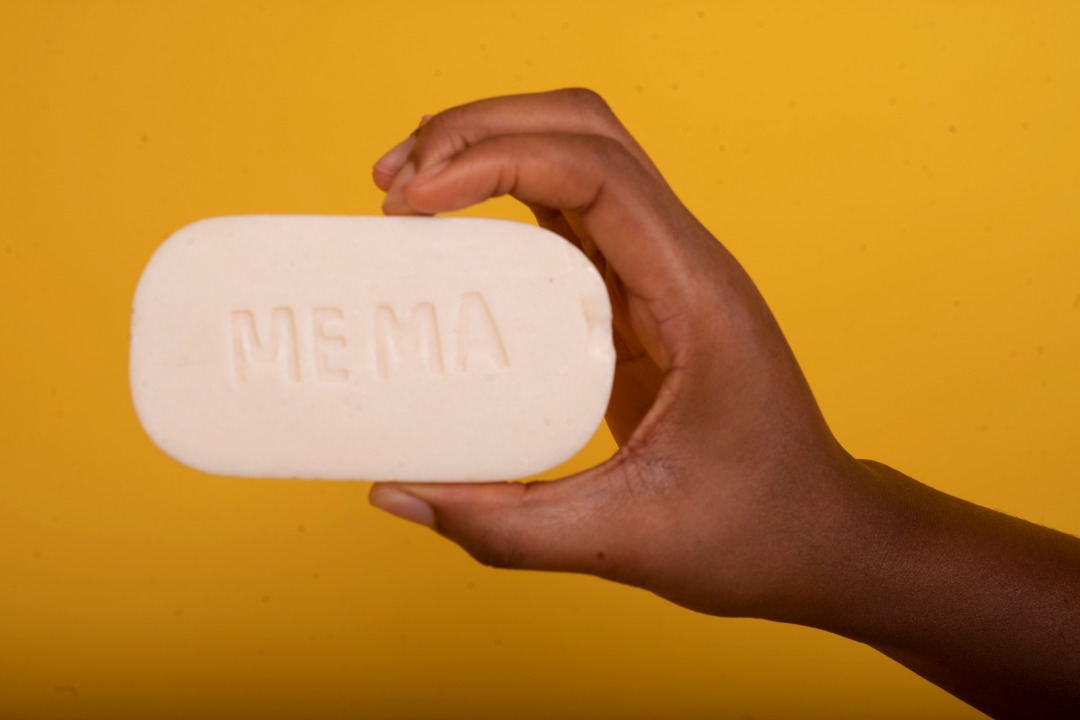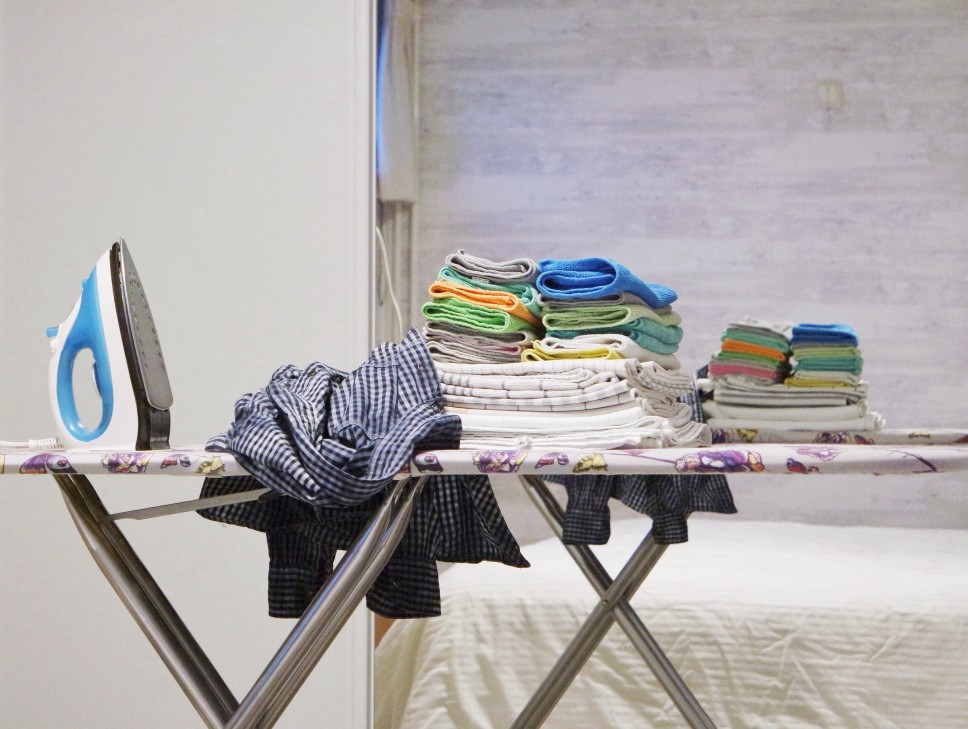
soap making: all you need to know!
I know you must have one day sat to think about the magic behind soaps. How a small object could perform the huge function of removing tough stains leaving only sparkles right?
Here, I am going to break down the process of what’s behind that uniqueness in soaps, that uniqueness that changes the appearance of anything or anyone that comes in contact with it in an instant. But before we hop right into that, the big question is:
What exactly is a soap?
A fatty acid of a salt.
A Cleanser and lubricant.
A surfactant and emulsifier.
In a simple term, soap is a cleaning agent and cleaning agents are objects with the potentials of removing stains, not just stains, deep and tough stains. Soaps wouldn’t be soap all by itself. The chemical mixture making up soap produces that unique quality in combating tough stains.
Dating back to 2800 B.C, the ancient people of Babylonia were the first people on earth to produce soap. Their recipe for achieving that was animal fats, wood ash, and water. Ever since then, there has been a huge scientific revolution in the production of soap.
Although, the basic recipe of soap hasn’t changed after then. It remains the combination of fat with an alkali, a basic ionic salt, and water.
The only added procedure is the scientific process called saponification. Saponification is the mixture the ingredients go through to produce soap.
What are the various types of soap?
- Kitchen soap
- Beauty soap
- Perfume soap
- Medicated Soap
- Laundry soap
1) Kitchen soap: these are washing soaps used mainly for dishes and kitchen utensils. They are mostly in liquid forms and always have in them perfume additive.
2) Beauty soap: Beauty soaps are designed specifically for beauty purposes. Beauty soaps mostly contain chemicals with the potential to resuscitate dead cells in our skin. Also added to beauty soaps are perfume additives that produce nice skin fragrances after wash.
3) Perfume soap
Perfume soaps are produced with perfume additives above every other ingredient. The back door intention of producing a perfumed soap is to produce attractive fragrances after use.
4) Medicated soap
Medicated soaps are similar to original soaps. Unlike original soap, medicated soaps are produced with antiseptics and disinfectants.
They have added ingredients like triclosan or triclocarban that can penetrate bacterial cell membranes and kill the bacteria.
5) Laundry soap
Laundry soaps are watching engines. Unlike other soaps, washing soaps tend to boost fabrics and restore loss features to clothes.
They are specifically designed for laundering purposes.
How exactly does soap work?
From a chemical reaction called saponification. Soaps are sodium, produced from the hydrolysis of fats. Found in each soap molecule, is a long hydrocarbon chain, which is sometimes referred to as ‘tail’ and carboxylate, which is also referred to as ‘head’.
In water, the sodium ions float free, leaving a negatively-charged head. The organic part of natural soap is a negatively-charged polar molecule. Its water-loving (hydrophilic) carboxylate group interacts with water molecules, via ion-dipole interactions and hydrogen bonding.
The water-fearing (hydrophobic) part of a soap molecule does not interact with water molecules. The hydrocarbon chains are attracted to each other by dispersion forces and cluster together, forming structures called micelles.
In these micelles, the carboxylate group forms a negatively-charged spherical surface, with the hydrocarbon chains inside the sphere. Because they are negatively charged, soap micelles repel each other and remain dispersed in water.
Oil and Grease fall into the category of substances that are nonpolar and insoluble in water. So when soap and soiling oils are mixed, the nonpolar oil molecules are broken up by the nonpolar hydrocarbon portion of the micelles.
This engagement then produces a different type of micelle, having nonpolar soiling molecules in the middle. Thus, grease and oil and the ‘dirt’ attached to them are caught inside the micelle and can be rinsed away.
Soap making ingredients
The essential requirements for soap making are three items:
To create a soap you need oil, water, and lye. Although, other chemicals may come in later to key in a certain result. But the three chemicals listed above are the foundation for any soap making process. The chemical reaction between these ingredients turns into soap.
➢ Animal fat or vegetable oil.
➢ 100 percent pure lye.
➢ Distilled water.
➢ Skin-safe fragrance oils (optional)
➢ Colorants (optional)
➢ Preservatives (optional)
1) Animal fat or vegetable oil
Excluding petroleum oil, the soap making process starts with any oil, be it animal, vegetable, or fat. Traditional soaps were specifically made with the most available oils/fats. The tallow is an excellent recipe for soaps. However, the technical advancement experienced by commercial soap industries over the years replaced a huge portion of tallow previously used for soap production with vegetable oil.
Every chemical mixture has its own unique effect on the end product of a soap. Different oil comes with different foamy bubbles. For example, the end product of a soap developed from Olive oil is always hard, with bubbles that are small and slick.why coconut oil, on the other hand, produces big fluffy bubbles and not too hard soap.
The Importance of oil in soap making process
Oils are an extremely important component in the soap making process. Without oil (or fatty acids of oils), the saponification reaction can’t take place. Saponification is the reaction from mixing these oils with an alkaline. Commonly this is Sodium Hydroxide (NaOH) or Potassium Hydroxide (KOH).
2) Pure lye.
Iye is an important ingredient in the soap making process. No Iye, No soap. The reaction between the mixture of Iye and oil through a process called saponification produces what is called soap. Immediately the reaction is completed every Iye is converted into soap.
Traditionally, the two types of lye used for soap making are :
• Sodium hydroxide.
• Potassium hydroxide
Potassium hydroxide is used to make liquid soap. why Sodium hydroxide is used to make solid soap. The combination of both produces a cream soap.
3) Natural water
Water is used to produce the Iye solution that is mixed with oil to give you soap.
The variability of water is based on the specific soap recipe. But the quantity must be enough to allow a smooth mixture of the iye and oil to give the expected result, which is soap.
4) Skin-safe Fragrance Oils (optional)
Fragrance oil blends may include essential oils or artificial compounds that are produced in a laboratory but have the same molecular structure as those found in nature. Fragrance oils are synthesized from aromatic chemical compounds which are then blended to produce the required scents. Soap scents, such as jasmine, lilac, or roses are usually made with fragrance oil as an essential oil.
5) Colors
Color is the ingredient used for changing the physical looks of an object. Any ingredient used for changing the physical look of something must be approved by the FDA. FDA stands for food and drug administration. In soap or cosmetics, the FDA must approve all colorants for the specific use. For example, some colorants are not approved to be used on lips, others may also not be approved to be used on eye products. In addition to color additives, there are some other ingredients that may affect the end product’s physical look. For example, the addition of French green clay to soap production will cause it to have a green color, cinnamon will turn the soap brown and paprika will turn it orange. These ingredients aren’t referred to as colorants, because the root intention for inclusion isn’t to change color, but rather to add features, but they, in turn, add to the coloration of the soap.
6) Preservatives
Every soap needs a form of preservative measure to keep in good shape and avoid loss of properties for a long time. Some liquid soap, which has a high proportion of water, may require preservatives. Although, soaps, made from oil, lye, and water, don’t generally require preservatives.
Tools used for soap making
➢ A small bowl that is large enough to hold the lye.
➢ A rubber glove.
➢ An apron is also useful.
➢ A wooden spoon.
➢ A mold.
➢ An accurate measurement scale.
➢ Plastic film or parchment paper.
The soap making process
There are two processes of making soaps. The two processes are :
★ The Cold process
★ The Hot process
Although, the differences between both processes aren’t much.
Steps on how to produce soap, using the cold method soap making formula.
➢ Set up your mold and line it with a plastic or parchment paper. Put on your goggles and gloves for safety measures.
➢ After setting up your mold, you have to carefully measure your lye in line with other additive and put it in a small bowl. Add the lye slowly into the little bowl until the right amount is measured.
➢ Make sure the water is rightly Measured in the small Pyrex measuring cups. Use cold water.
➢ Slowly pour the lye into the water while stirring with a stainless steel spoon. As you pour the lye into the cold water the water will heat up.
➢ Make sure you Stir the lye till the solution is clear before letting it cool.
➢ While your lye is cooling, measure the fats you are using. ( It is pertinent to note that Scaling your recipe is very important for the purpose of moderation.)
➢ Put your fats in a stainless steel pot, or Pyrex. You can use a slow cooker if you plan to cook the soap later for a hot process.
➢ The fat and the lye should be quite close in temperature and about 100 degrees Fahrenheit.
➢ Gently and slowly pour your lye solution into the fat. Make sure it doesn’t splash. Gently mix with your spoon or silicone spatula. The solution will start turning milky right away.
➢ Rinse your lye containers and spoons. Tidy any bits that have fallen or splashed.
➢ Using your mixer, you can start mixing the fat/lye mixture. Make sure you mix at a pace that you can control easily to avoid splash. Your pot should be the right size so you can diligently mix the iye and fat.
➢ After a minute or so the mixture will start thickening.
➢ If you are mixing by hand it will take much longer for you to reach the soft trace stage. ( All vegetable oil soap is slower than part of animal fats.)
➢ At this point, it is the perfect time to add your scent or color if you are using any. It is also the time to add any extra oil you want to make your soap more moisturizing.
➢ At this stage, you should start putting the soap into the mold. Tap it a few times to get rid of bubbles. You need to be very careful when doing this because all the lye is not used up yet and the soap can be quite corrosive.
➢ Cover the mold with plastic wrap and leave in a warm spot for a day.
➢ By the next day, your soap is formed. Check your soap. It should have hardened up. If it’s hard enough, take it out of the mold and cut it in bars. If it’s soft still, let it sit in a warm place some more.
Steps on how to produce soap, using the Hot method soap making formula.
The hot method soap making formula is otherwise known as the quick method because it allows for immediate usage of produced soap. In the hot method soap making formula, the saponification process is fully complete immediately after cooking. The mixed ingredients become harder as soon as it is cooled, immediately giving the expected result.
They aren’t obvious differences in the finished product, except for the rough top of soaps produced with the hot process soap making formula.
➢ The first stage is to mix all ingredients.
➢ After the mixture of all ingredients, put it on the coker and turn it on a low setting.
➢ Don’t mix it or do anything to it after it has started heating.
➢ Peek occasionally and you will see a ring of jelly-like translucent goop gradually forming on the top.
➢ When the whole batch is translucent turn off the cooker and lets the soap cool.
➢ When it is comfortable to touch but not cold, you can mix in other additives like scent or colorants.
➢ Work quickly to mix this together, then spoon the soap into your mold. Tap your mold as you fill it to get rid of bubbles. If it’s cold enough, it will start to immediately, if it’s too hot and soft it will burn off any scent you add.
➢ The soap gets hard immediately its cool enough. Harder than cold process soap and can be used immediately.
The most important difference between the hot process soap making formula and the cold process soap making formula is that :
• Hot water is used for soap production in the hot process soap making formula.
• Cold water is used for production in the Cold process soap making formulas.



